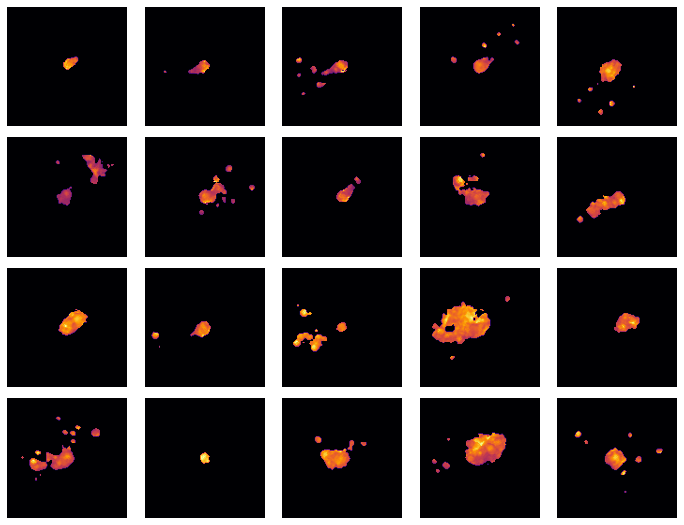A few months ago, I had just concluded my final year computer vision project for my mechanical engineering masters degree. It was an interesting project as it demonstrates how various machine learning models can be employed to detect and classify anomalies present in a 3-D printing process. This series of articles is my attempt to illustrate some of my key learning points and thought process when carrying out the project. Hopefully, it will serve as a motivation for experts in domains outside of machine learning (or data science) to consider using machine learning as a tool when solving novel problems in their respective fields.
Disclaimer: This is not a step-by-step tutorial. Some details are omitted to avoid lengthy discussion.
Background
To provide context, additive manufacturing (AM, broadly known as 3-D printing) refers to a variety of manufacturing techniques which prints out a product in a layer wise and additive manner. AM offers a wide range of advantages compared to conventional manufacturing methods. Firstly, material wastage which is a common issue in conventional manufacturing techniques can be avoided in AM due to its layer-wise printing methodology. More importantly, AM offers unprecedented design freedom as manufacturing parts with complex geometries can be printed out easily. This also means that parts design and manufacturing process can be optimised for higher structural strength-to-weight ratio. In terms of application, the advantages of AM made it very attractive to industries such as medical engineering, automotive and aerospace.

#additive-manufacturing #unsupervised-learning #3d-printing #feature-engineering #machine-learning #ai
